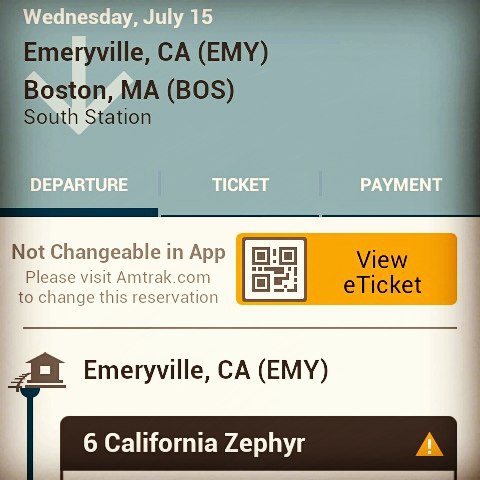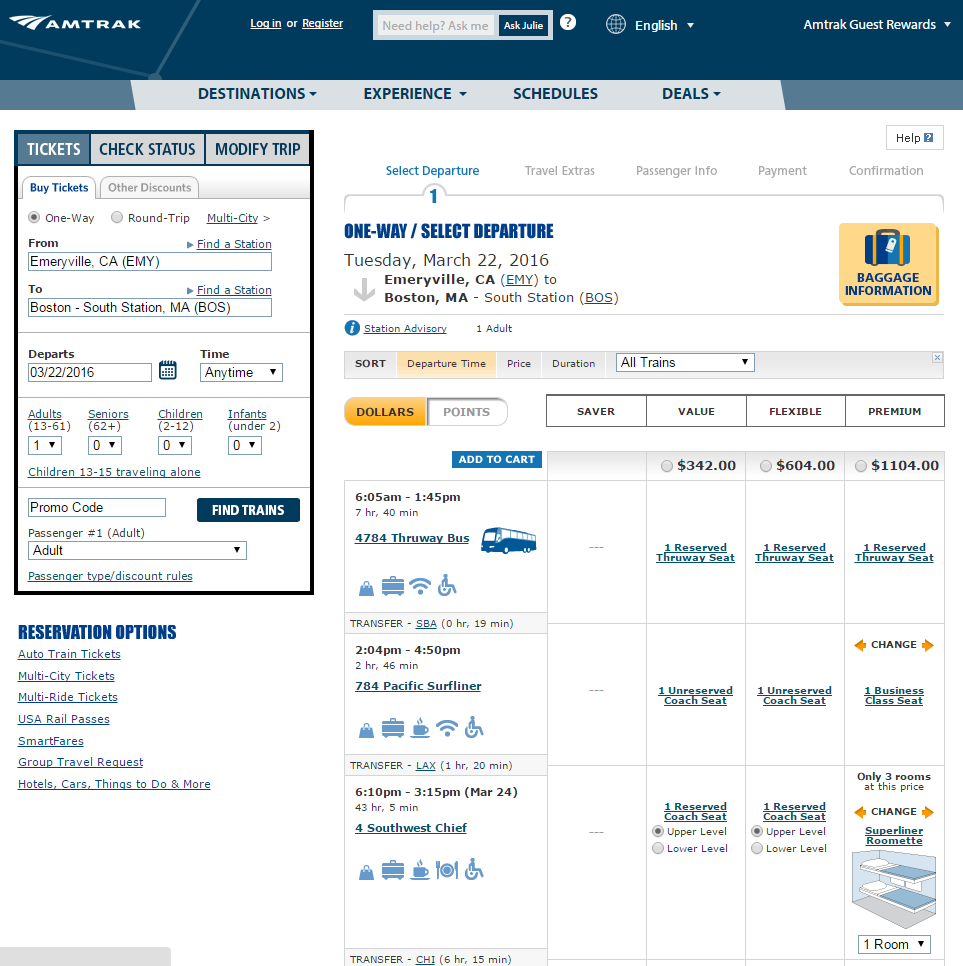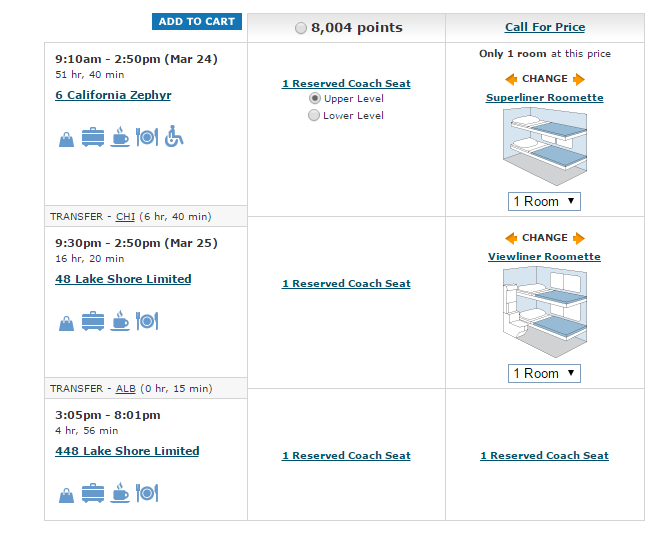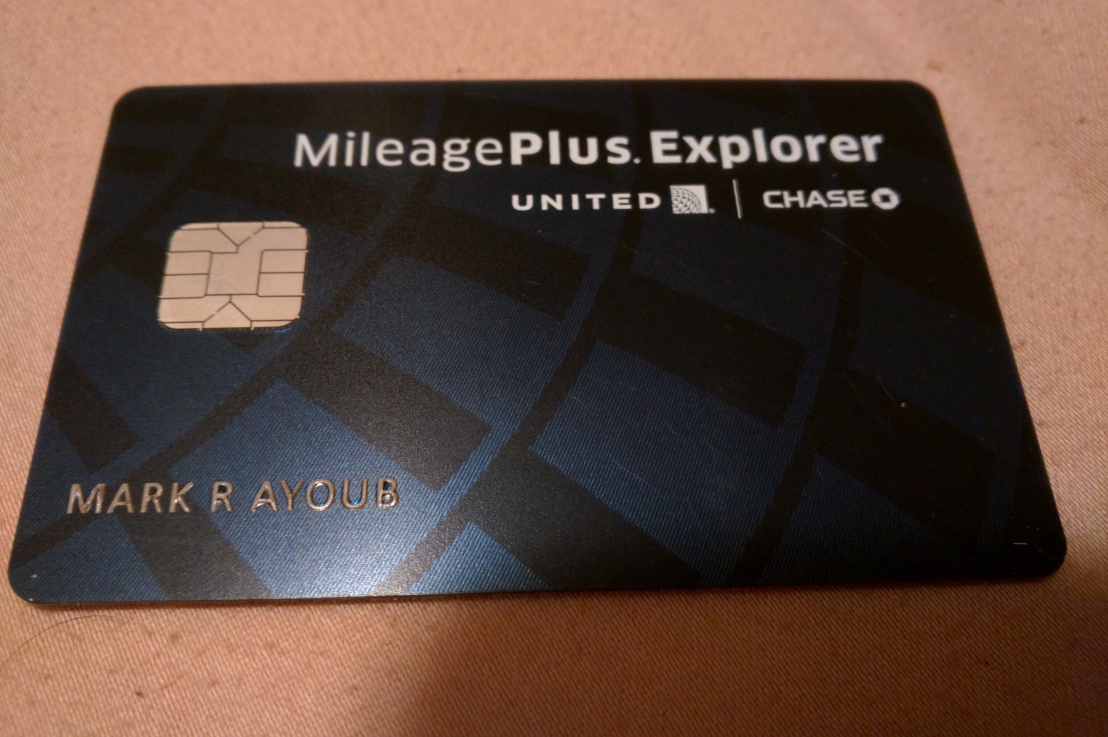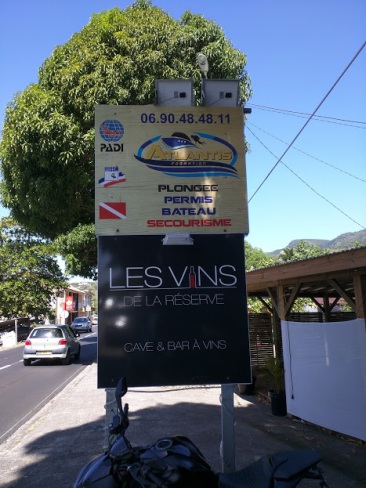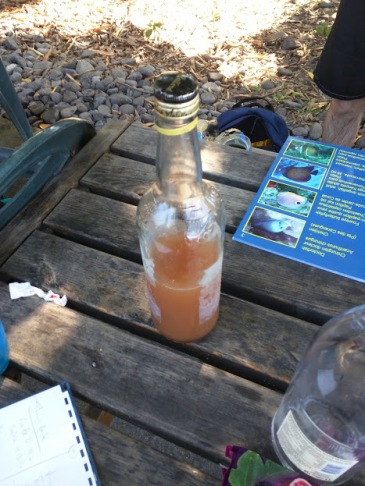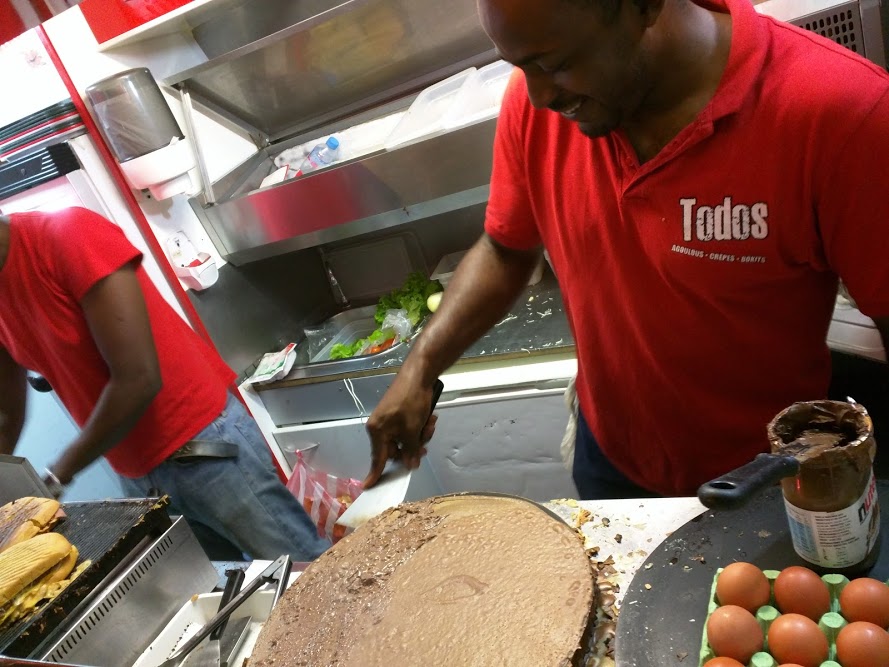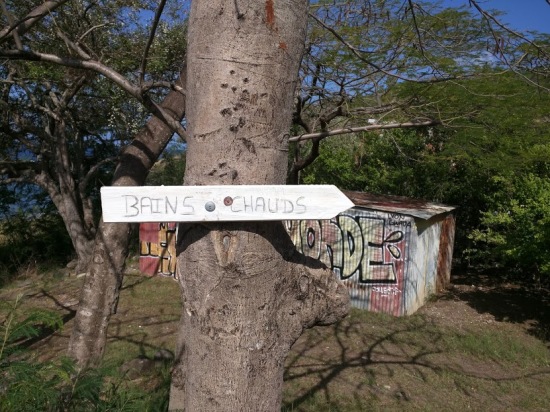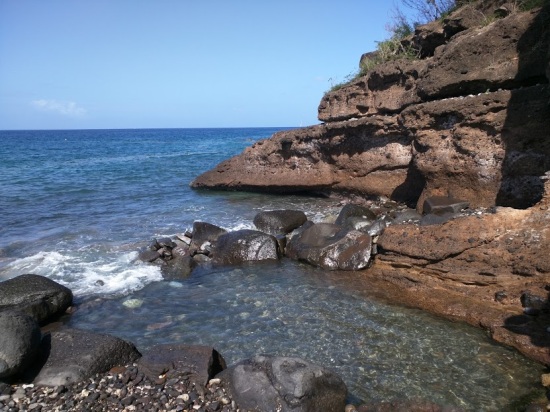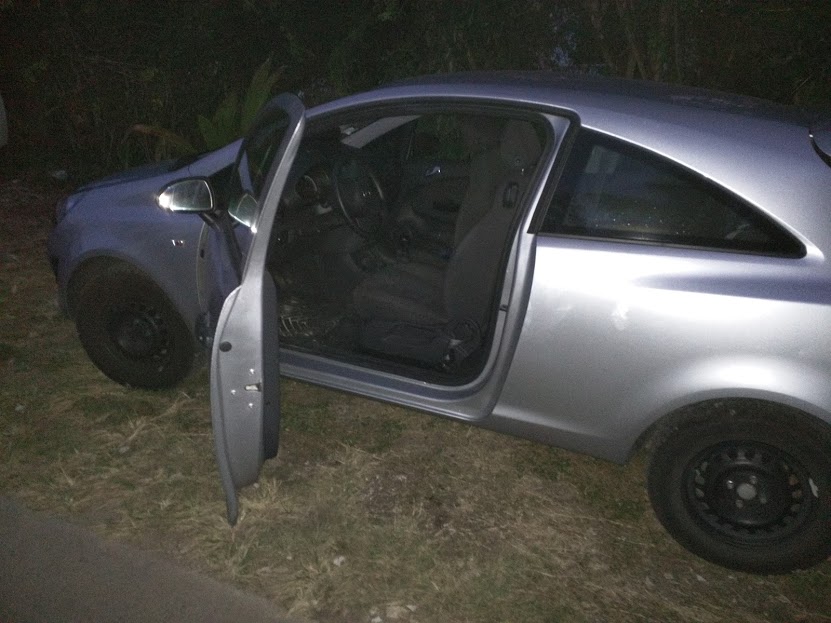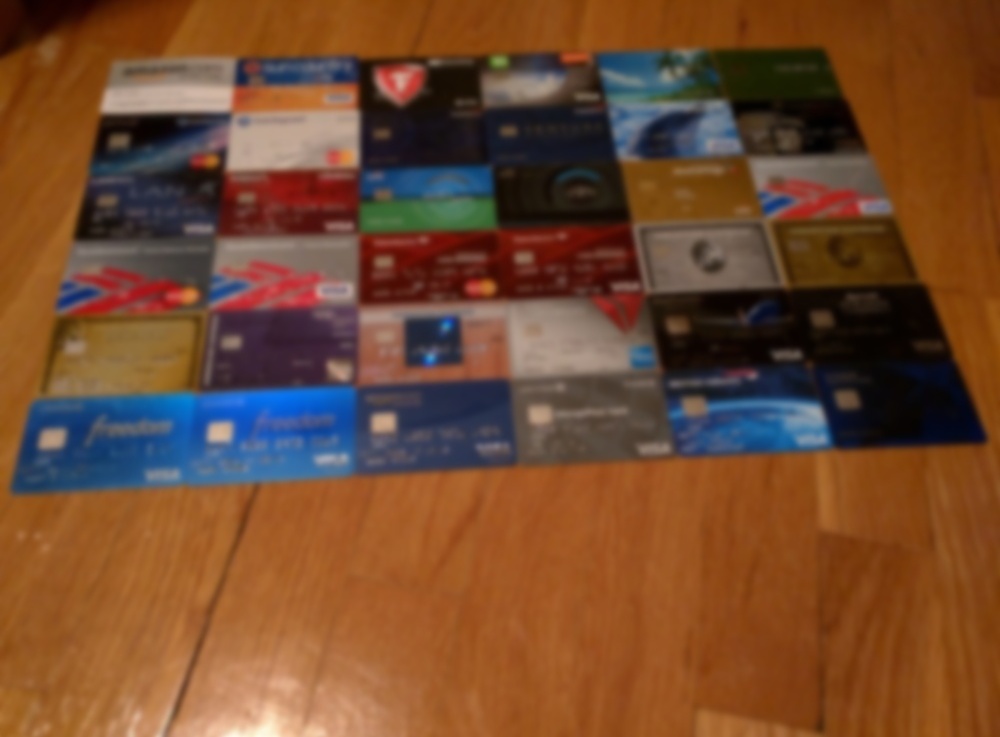Well, the short answer is, it depends on your needs. However, one thing is for sure, and that it’s going to be a card directly issued by a bank, and not a co-branded airline card, as I explained earlier.
I’ve broken down the main ones into a few categories:
High annual fee, high benefits: Citi Prestige, American Express Platinum (the VISA Black Card also falls into this category, but I don’t know anyone with one, and it’s so terrible it’s not worth discussing).
The American Express Platinum has long been the gold standard of premium travel cards. And it’s easy to see why. With the card you get dedicated concierge service, a one-time Global Entry application fee credit, a $200 per calendar year airline fee credit that can be used on most domestic airlines (it’s not supposed to be used on actual airfare but there are workarounds), access to their high-end Centurion lounge (plus two guests), Delta Sky Club lounge access when flying Delta, Priority Pass membership (which gives you access to 600+ airport lounges around the world), and many others that I won’t list here. On top of that, the points you earn from spending (though no bonus categories) go to the very useful Membership Rewards program, which you can transfer to a wide variety of partners.. Though it varies depending on the specific card (the Ameriprise one comes with no annual fee the first year), the annual fee is generally $450 per year, not waived. If the airline credit is used correctly, it brings it down to essentially $250 per year. Given the benefits, it’s not terrible.
However, my allegiances are with the Citi Prestige card. Like the Platinum, it has a fee of $450, dedicated concierge service (supposedly not quite as good), and a Global Entry credit. But not only does it have Priority Pass membership, but the membership comes with free access for up to two guests (the Platinum Priority Pass membership is $29 per guest). Unfortunately, Citi doesn’t have their own lounge like the Centurion Lounge, but it does allow access to American Airlines Admirals Clubs when flying American. But moreover, it also gives triple points for travel spending, and double points on dining and entertainment.
While their Thank You points program isn’t quite as valuable as Membership Rewards, it will still allow you to book award flights in Star Alliance (via Singapore Airlines), oneworld (via Qantas), and SkyTeam (via Flying Blue). Furthermore, your points are worth 1.3 cents when redeemed for airfare, and 1.6 cents when redeemed for American Airlines airfare. But best of all, the Citi Prestige gives you a $250 per calendar year airfare credit. There are no restrictions on its use; you just buy $250 or more of airline tickets in a year with the card and you’ll get $250 back. On top of that, if you have a Citigold checking account (which you can close later), the annual fee drops to $350. So if you do it right, you’re essentially getting all of the benefits I mentioned above for $100/year. Not a bad deal for a frequent traveler. I also didn’t even mention that there’s a buy three hotel nights get the fourth one free perk (which I haven’t taken advantage of, as I usually stay in hostels or airbnbs), as well as a free round of golf per year!
While the Platinum card may make more sense if you’re frequently flying out of airports with Centurion lounges, or if you’re a frequent Delta flyer, or if you value the Membership Rewards transfer partners far more, overall, the Citi Prestige wins out in my book. And given that it’s essentially a $100/year card if you do it right, I often feel it really competes with the cards in the next category.
Small fee, good airline rewards: Citi Premier, American Express Premier Rewards Gold, Chase Sapphire Preferred
If you’re getting the Citi Prestige for $100/year as I detailed above, there’s really no reason to get the Citi Premier, as it’s $95/year after the first year, without any of the great benefits. So it essentially comes down to the Chase Sapphire Preferred vs. American Express Premier Rewards Gold.
While it may be heresy to say so in the blogger community, if you can live without the plunk factor (the CSP is metal, the PRG is plastic), I honestly feel that the Premier Rewards Gold is a better choice. Both have no annual fee, but the Chase Sapphire Preferred is $95 after the first year, and the Premier Rewards Gold is $175 after the first year. However, it also comes with a yearly airline fee credit, which again, if used correctly, can be used for airfare, bringing the fee down to $75.
The PRG also offers slightly better bonus categories, offering triple points on airfare and double points on gas, dining, and supermarkets where as the CSP only offers double points on travel and dining. While United is a very important Ultimate Rewards transfer partner for booking Star Alliance flights (in addition to Singapore), Membership Rewards will let you transfer to Air Canada’s Aeroplan frequent flyer program in addition to Singapore Airlines, as well as Delta, Virgin America, JetBlue, and Hawaiian. Though if you want Southwest points, the CSP might be better.
Small fee, good cash rewards: Capital One Venture, Barclaycard Arrival Plus (again, the US Bank Flex Perks Travel Rewards and Wells Fargo Propel cards also fall into this category, but aren’t really worth discussing).
Both of these cards give you a bonus of $400 after spending $3,000 in the first three months, both of these cards will give you 2% cash back on all purchases when you redeem them for travel, and both have no foreign transaction fees. There aren’t many differences, but there are a few: For one, it’s generally easier to get approved for Capital One cards, though they will pull your credit report from all three bureaus. The Barclaycard card is also the only card that has chip and pin technology (most only have chip), which can be useful in Europe. It also gives you back 5% on all your redemptions. Notably, you can redeem your rewards for cash back at any time with the Venture card, whereas the Arrival card requires you to redeem in quantities of at least $25.
They both have the annual fee waived the first year, and Capital One assesses a $59 fee the next year, whereas Barclaycard’s is $89. However, Capital One will almost always waive this fee if you call them, whereas Barclaycard rarely does this. For this reason alone, if you have to choose just one, you’ll probably get more value out of the Capital One Venture over the long-term, though this could change based on your needs.
No fee: Capital One Venture One, Barclaycard Arrival, Bank of America Travel Rewards, Discover IT Miles. The Venture One and Arrival are identical to the cards described above, except that they both have no annual fee, signup bonuses of $200, and the Venture One is 1.25% cash back, and the Arrival is 2% cash back on travel and dining, and 1% for everything else. In this category, unless more than half your spending is on travel and dining, you’re probably better off going with the Bank of America Travel Rewards card, as it has the same high signup bonus $200, and a flat 1.5% cash back. on everything, and still no foreign transaction fees. The Discover IT Miles also offers a flat 1.5% cash back on everything as well as no foreign transaction fees, but there is no signup bonus, not to mention Discover has limited acceptance outside the US, so it’s hard to recommend it as a travel card (though there are some other good uses). The $30/year in-flight wi-fi credit is nice, though.
Of course, for maximum benefit, you’re best getting all of them, so you can make nice pretty pictures of airlines with your credit cards, as I did in the top image.
Have a question about something? Feel free to post in the comments below or e-mail me.


